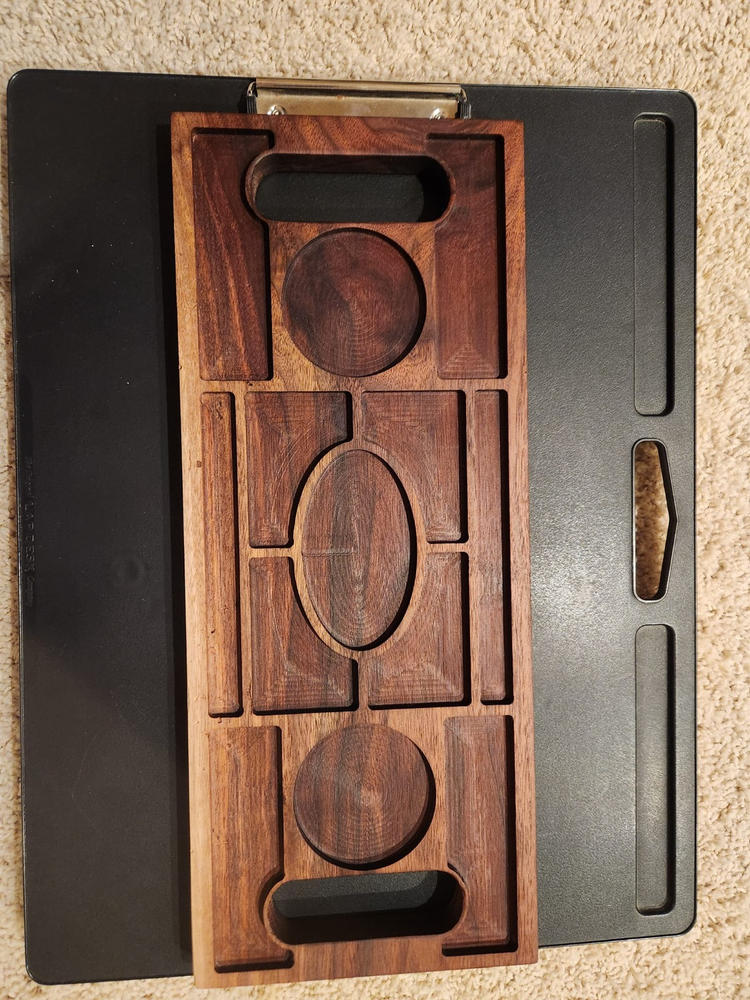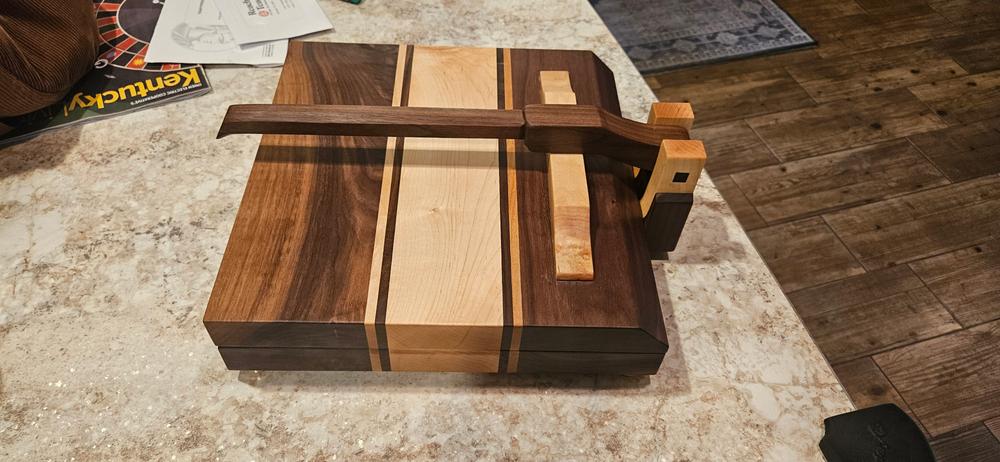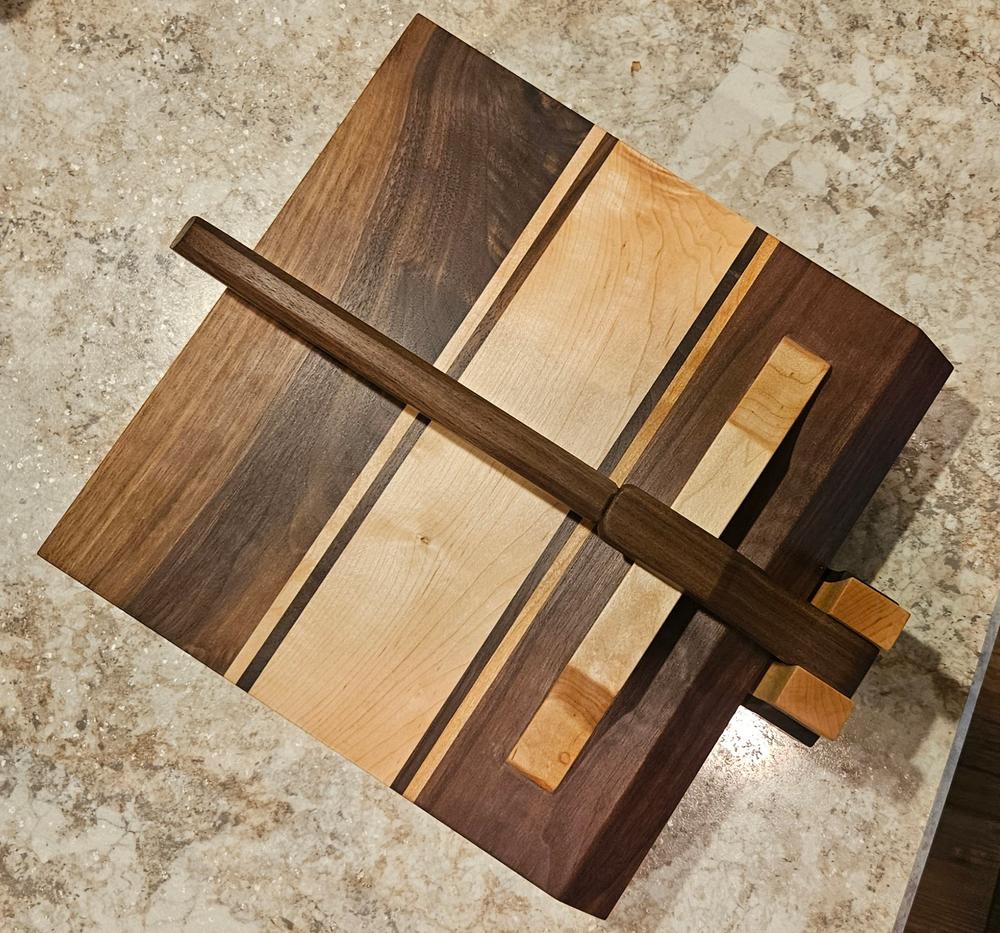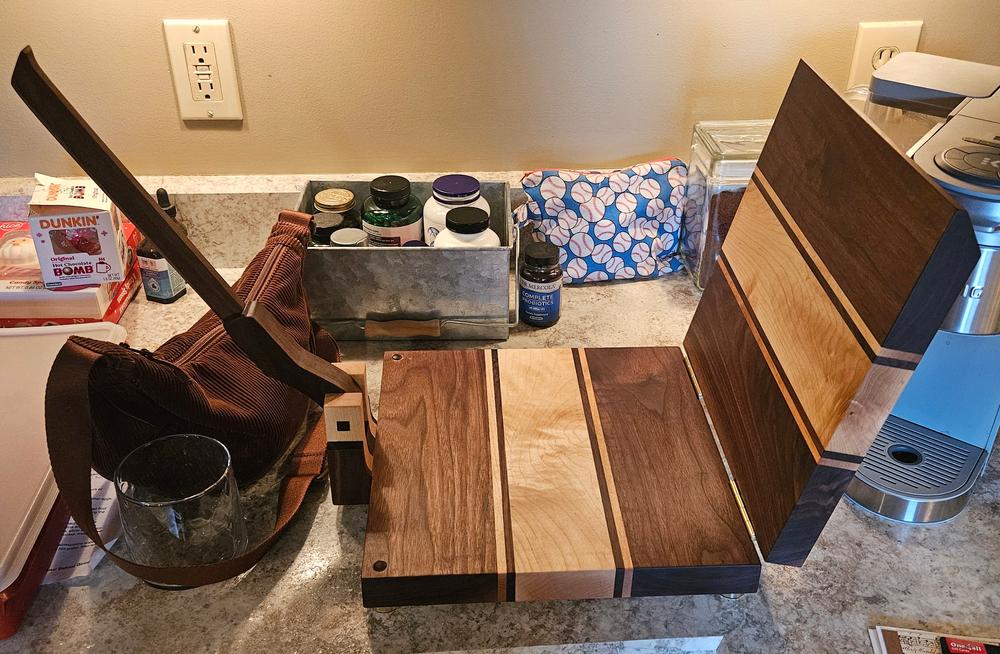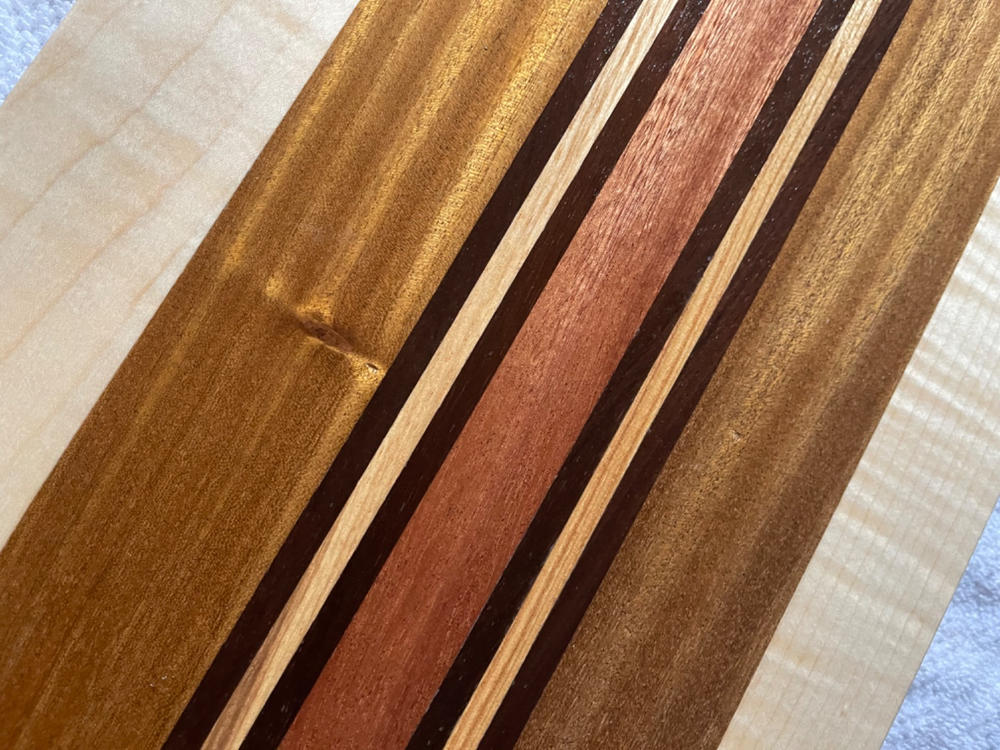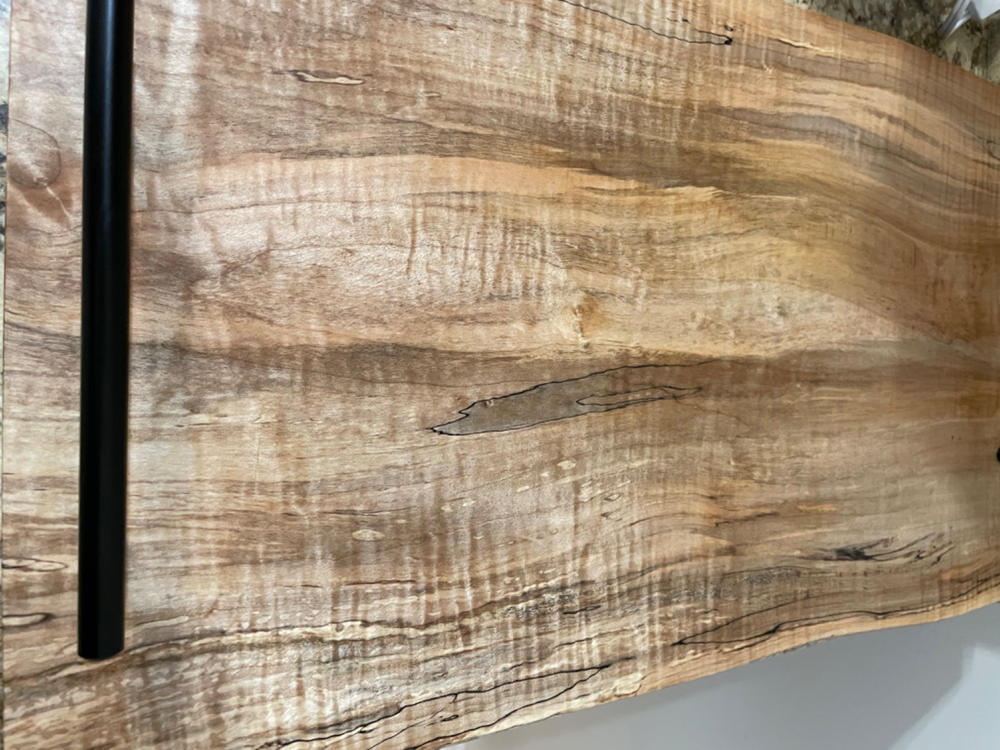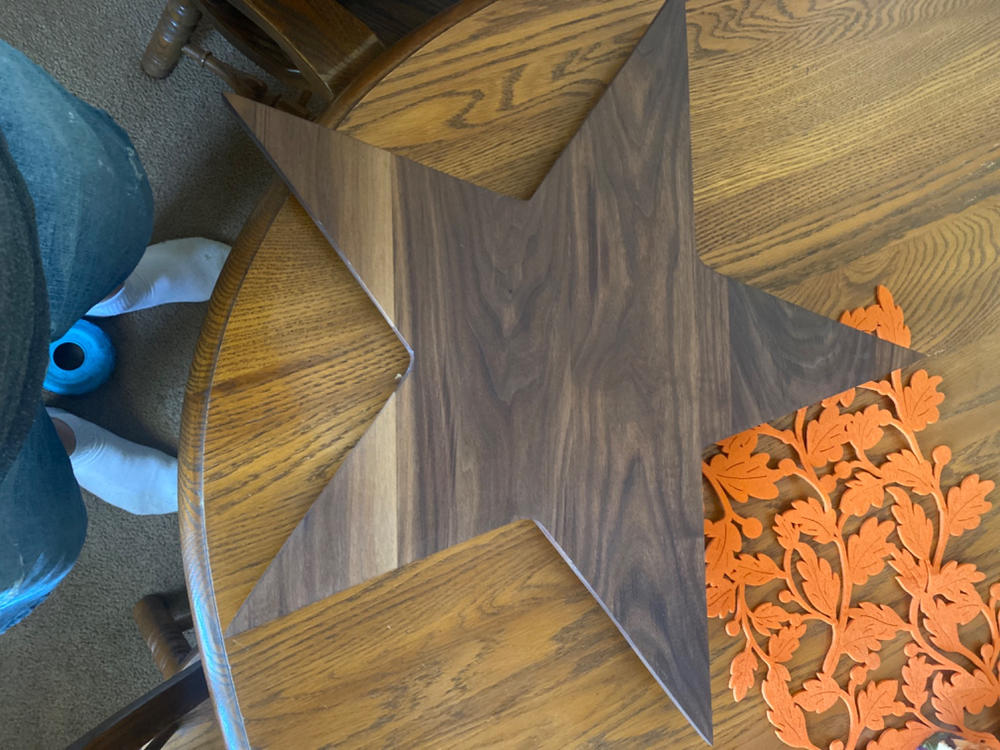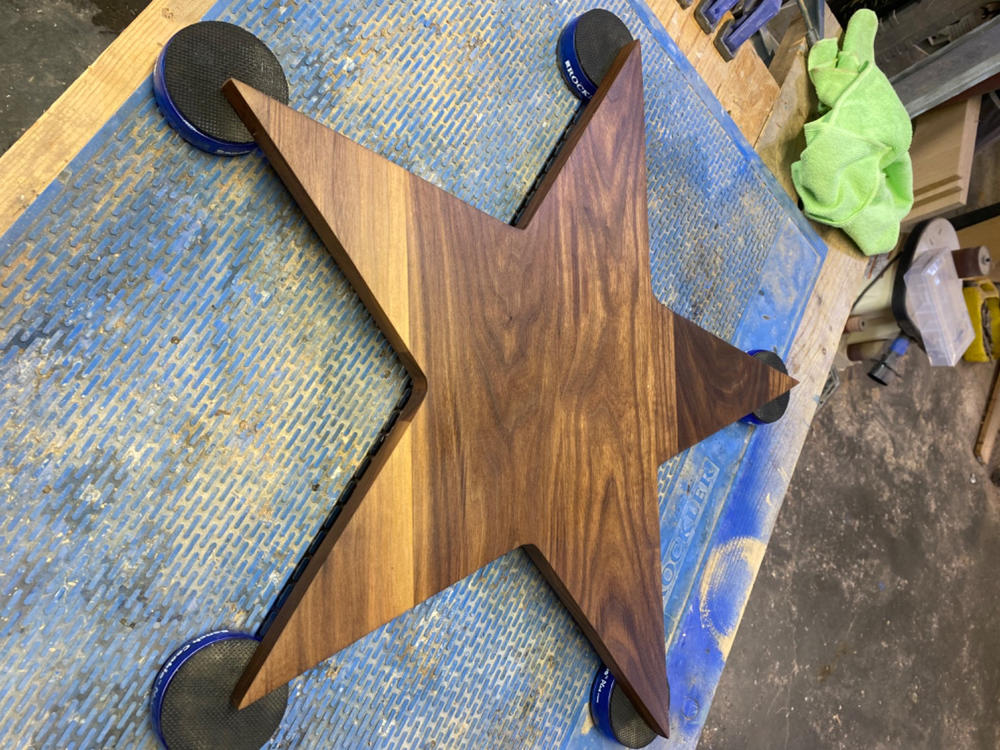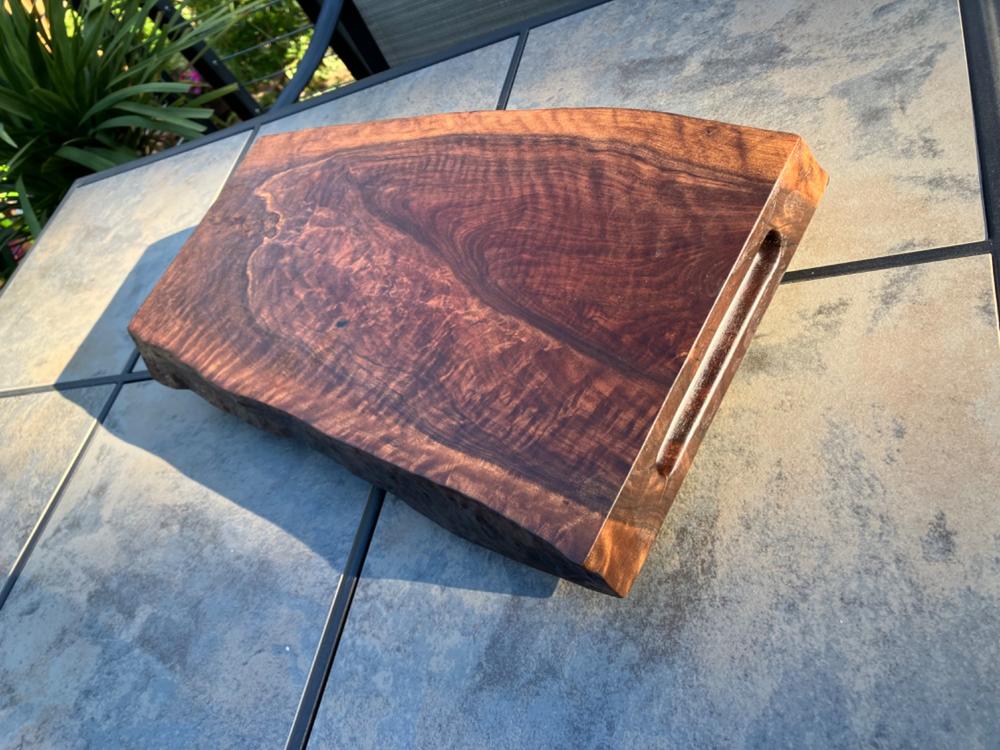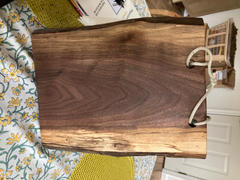- Reviews
- Questions
Cutting boards maintenance
This oil and wax are easy to apply and absorb quickly. Very little product is needed. The boards look great bringing the grain out. Impressed how waterproof they are after applying the wax.

Cutting Board Finish
Great. The cutting boards are silky smooth and the grain really pops!
Confusing
I was disappointed to find this is not made from real walrus. I will continue to search for an oil that will double as polar bear bait.
Great Stuff!
Excellent formula. I made several cutting boards and used Walrus oil on them. Very satisfactory. I would suggest to any user that you be careful to apply it evenly as wood soaks it up and can give a slightly uneven color if it is not applied carefully and evenly across the surface. But it is an excellent product and I would recommend it highly to anyone who is serious about their finishes.



